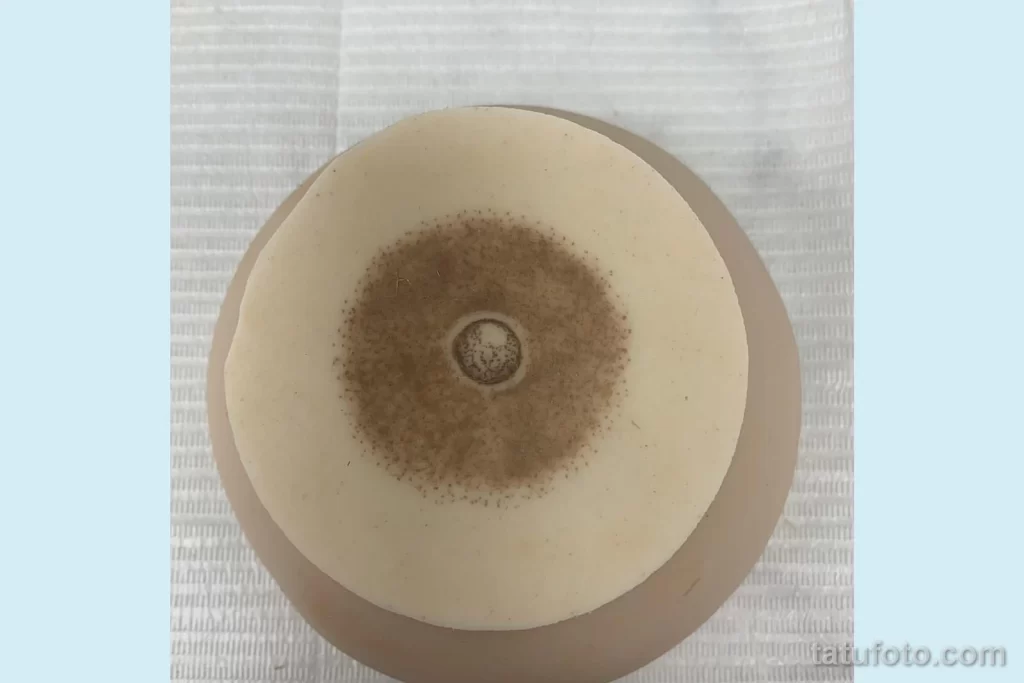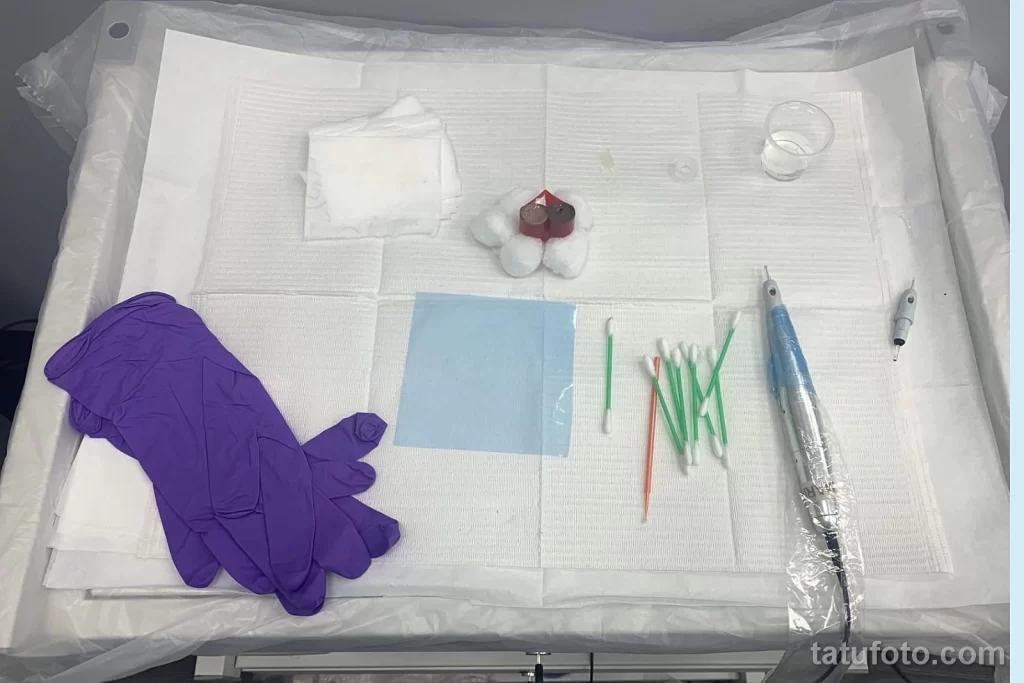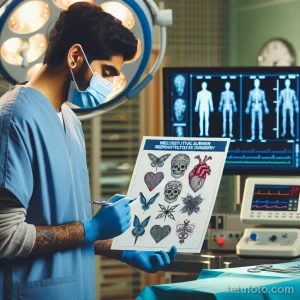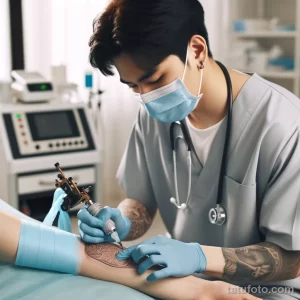In the world of plastic surgery and tattooing, an unusual and highly popular trend has emerged, which has become a real salvation for many women in New Jersey. This trend involves nipple and areola tattooing and is becoming increasingly sought after by those who have undergone mastectomy. In this article, we will tell you why so many women in New Jersey decide to get nipple tattoos and how this procedure helps them regain confidence and the natural look of their appearance.
Why Do New Jersey Residents Need Tattooed Nipples?
If you have lost one or both nipples after mastectomy, there is a special procedure for their restoration, including the areola (the dark area around the nipple).
What Is Nipple Tattooing?
This is a genuine and indispensable nipple and areola tattoo. It is intended for women who have undergone skin-sparing mastectomy, which means that doctors could not preserve the nipple during the operation, whether for oncological or anatomical reasons.
“After mastectomy, we offer them this option as the final stage of reconstruction – to create a nipple and areola tattoo so that they feel complete after recovery,” says Jacqueline Trotta, a certified physician assistant in the Plastic and Reconstructive Surgery Division of Rutgers Robert Wood Johnson Medical School and Robert Wood Johnson University Hospital.
3D nipple tattooing is a real tattoo created using needles that inject pigment into the skin. The tattoo artist can create an incredibly realistic nipple image that appears three-dimensional but is actually flat to the touch. Using a standard tattoo machine, Trotta explains that surgeons use stencil and shading techniques to create a 3D effect for the nipple and areola.
The Procedure
The procedure is performed directly in the office and does not require local anesthesia or pain relief. It usually takes about an hour per breast. Since the tattoo is real, it should last a lifetime, but minor touch-ups may be needed due to fading.
When Is the Right Time for Nipple Tattooing?
Surgeons typically recommend waiting at least three months after the last breast reconstruction surgery. Trotta explains that several reconstruction surgeries may be required, and tattooed nipples and areolas are the final stage in this process.
“It also depends on whether the woman has received radiation therapy after surgery. In that case, we may wait a little longer for the skin to heal better and have better quality for tattooing,” Trotta says.
Nipple Reconstruction
Some women prefer nipple reconstruction surgery instead of tattooing. In this case, surgeons take skin flaps from the upper part of the breast and create a small protruding part that becomes a new nipple. Then surgeons can tattoo around this nipple to create a three-dimensional effect.
The main advantage of nipple reconstruction is that the nipple will protrude from the breast. Some women find this gives a more natural appearance. However, over time, the reconstructed nipple may flatten and lose much of its protruding shape.
Pros and Cons of Nipple Tattooing
Women undergo many breast reconstruction and treatment surgeries. “It is a very satisfying feeling that, in the end, they get a nipple and areola, which gives them a sense of completeness and wholeness after the recovery process,” says Trotta.
However, it’s important to remember that this is still a procedure, and there is always a small risk of infection and asymmetry. The nipple may fade over time, so women may need to come in for corrections several times over the years to keep it dark and beautiful.
“I Don’t Want a Tattoo”
Nipple tattoos can be done by women who have undergone breast reconstruction using implants or tissue flaps. But if radiation damaged the breast skin or if the skin became too thin after tissue removal, they may not be suitable for this procedure. There are also women who simply do not want tattoos.
There are other options, such as external prostheses or temporary nipple covers or tattoos. Prostheses look like natural nipples, but they can be worn and removed as desired. It is always important to consult with your plastic surgeon about the options available to you before, during, and after
any breast reconstruction surgery.










